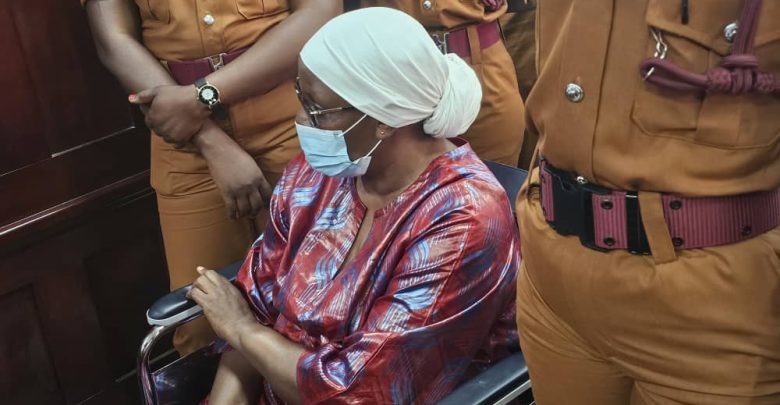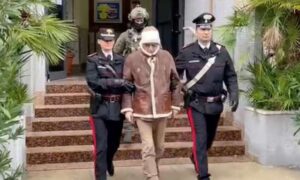The Henry Katanga murder trial captivates many, with whispers echoing loudly in the courtroom during the trial of Molly Katanga, his widow.
The prosecution asserts Molly’s guilt in Henry’s death, intending to substantiate their claim with concrete evidence, including the alleged murder weapon, DNA samples, and various pieces of evidence.
Amidst the legal proceedings, questions persist, raising doubts about whether Molly could be a victim herself, and highlighting the pathologist’s consideration of suicide in Henry’s case.
Drawing parallels, the article recounts the mysterious disappearance of American teenagers Jeremy Bechtel and Erin Foster in 2000, a case that remained unsolved for 21 years.
Breakthrough in the cold case
In a surprising turn of events in 2021, Sheriff Steve Page reopens the case, leading to the discovery of Bechtel and Foster’s submerged car and remains, challenging initial assumptions and narratives.
Reflecting on flawed investigative approaches, the article emphasizes the importance of thorough scrutiny and exploration beyond conventional narratives, evoking the significance of holistic investigations.
As the Katanga murder trial progresses, the clash between prosecution and defense underscores the critical need for transparency and comprehensive examination of evidence to uncover the truth behind the tragedy.
Delving into the specifics of the case, the article dissects the trajectory of the bullet and debates surrounding Henry’s injuries, shedding light on the complexities of forensic analysis in legal proceedings.
The quest for clarity
Questioning the circumstances of the shooting, the article challenges assumptions and calls for a deeper exploration of potential angles, urging a more exhaustive investigation to reveal the truth behind the enigmatic events.
In a final plea for clarity, the article contemplates the blurred lines between suicide and homicide, urging for a meticulous examination of all possibilities to ensure justice prevails in the face of ambiguity.





















